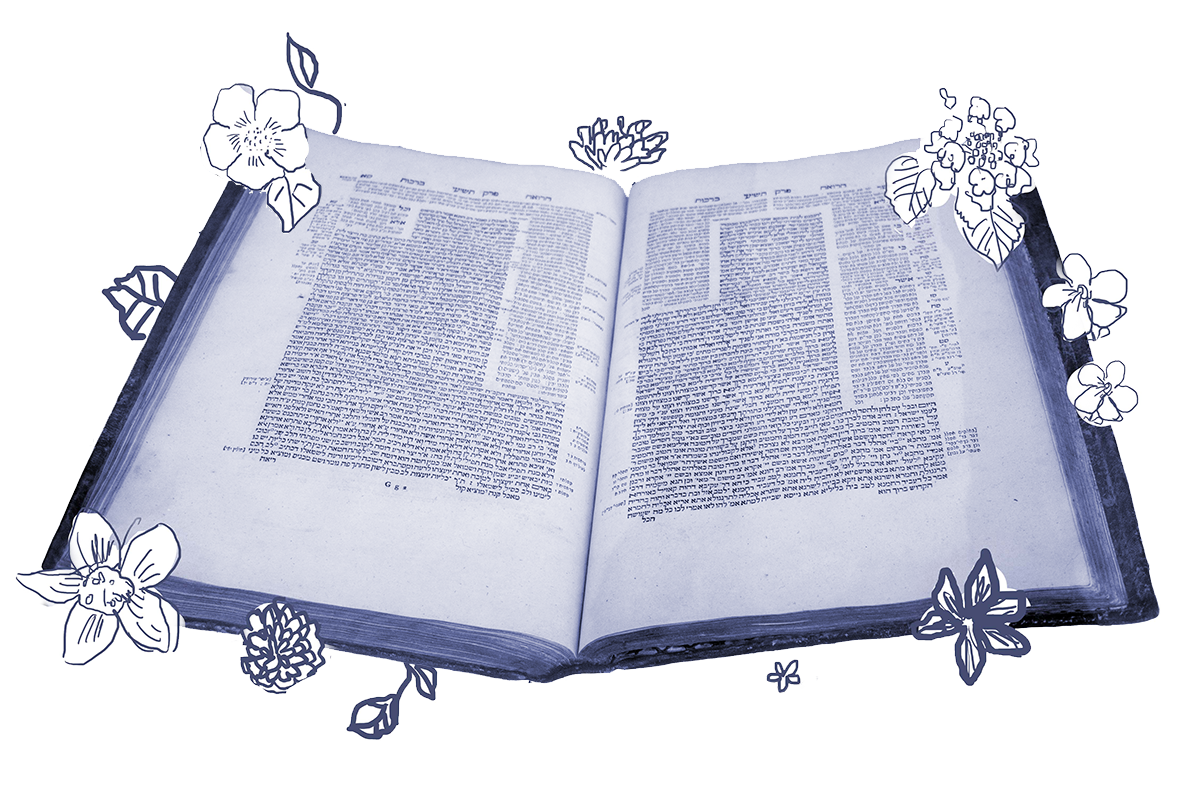The mishnah near the top of today’s daf gives us a list of the grains that may be used to bake matzah, which we are required to eat in order to fulfill our obligation on the holiday. Here they are:
These are the types of grain with which a person fulfills his obligation to eat matzah on the first night of Passover: With wheat, with barley, with spelt, with rye, and with oats.
This list is rabbinic — the Torah does not specify a list of grains for matzah. The variety may come as a surprise to some readers. After all, the vast majority of commercial matzah, and the matzah most of us are used to eating, is made from wheat flour. Indeed, many commentators rule that wheat is the preferred grain from which to make matzah. If that’s the case, why — to the relief of those who avoid gluten — do the rabbis permit matzah made from four other grains?
An explanation comes much later in our daf yomi cycle, on Menachot 70, which we will come to in about five years’ time. There, the text names these same five grains as the only ones from which a portion of the dough must be ritually separated, known as the “taking of challah.” The talmudic sage Rabbi Shimon ben Lakish (more commonly known by his nickname “Resh Lakish”) explains:
With your help, My Jewish Learning can provide endless opportunities for learning, connection and discovery.
The Gemara asks: From where is this matter, that only these five grains are obligated in the separations of challah, derived?
Reish Lakish said: This principle is derived by means of a verbal analogy (gezerah shavah) between “bread” and “bread” from the case of matzah. It is written here, with regard to challah: “And it shall be that when you eat of the bread of the land, you shall set apart a portion for a gift to the Lord” (Numbers 15:19), and it is written there, with regard to matzah: “Bread of affliction” (Deuteronomy 16:3). Just as matzah can be prepared only from one of those five grains, so too the obligation of challah applies only to bread from one of those five grains.
In other words, because we are obligated to make matzah from one of these five grains, we are similarly obligated to remove challah from bread made from the same five grains.
Still, we (and the Gemara) are left with the same question — why these five grains, specifically? A little further down the page, on Menachot 70b, we learn that, according to the rabbis, these are the only grains that, when wet, begin to naturally ferment. Tiny microorganisms live on pretty much all non-pasturized produce. But when any of these five grains is soaked in water, those microorganisms begin to multiply rapidly, digesting the grain and releasing carbon dioxide “burps” which leaven the dough. This fermentation is what makes bread rise, and it’s specifically this process we want to avoid on Passover. (Check out this fascinating article about the science of fermentation applied to our discussion about matzah.)
The important thing is that our “bread of affliction” does not rise. But the fact that we are permitted to use a variety of grains, including those that are gluten free, makes this mitzvah a bit more inclusive. No word on why oat matzah is so expensive, though. Perhaps some questions are meant to be left for Elijah to answer.
Read all of Pesachim 35 on Sefaria.
This piece originally appeared in a My Jewish Learning Daf Yomi email newsletter sent on December 26th, 2020. If you are interested in receiving the newsletter, sign up here.



